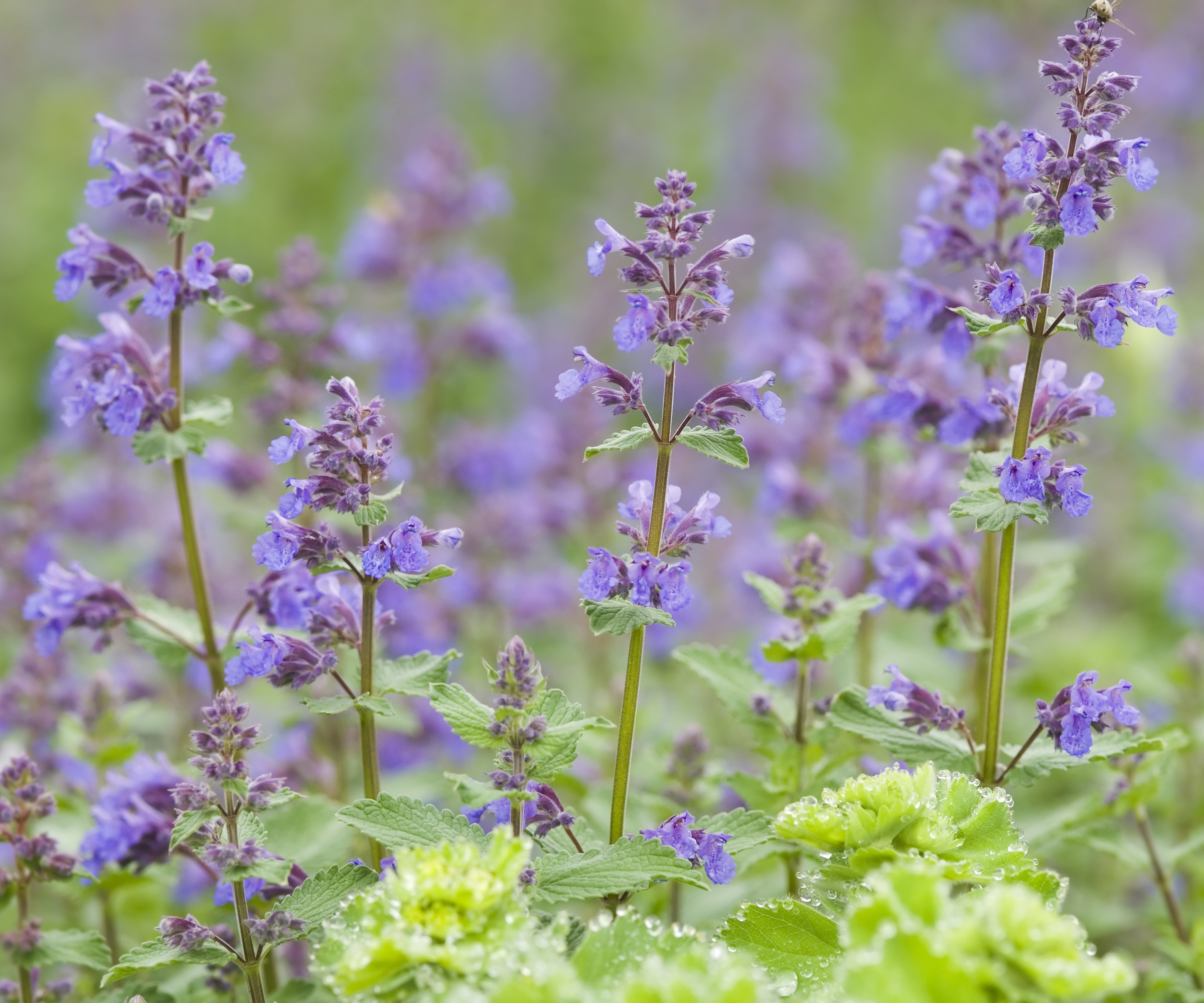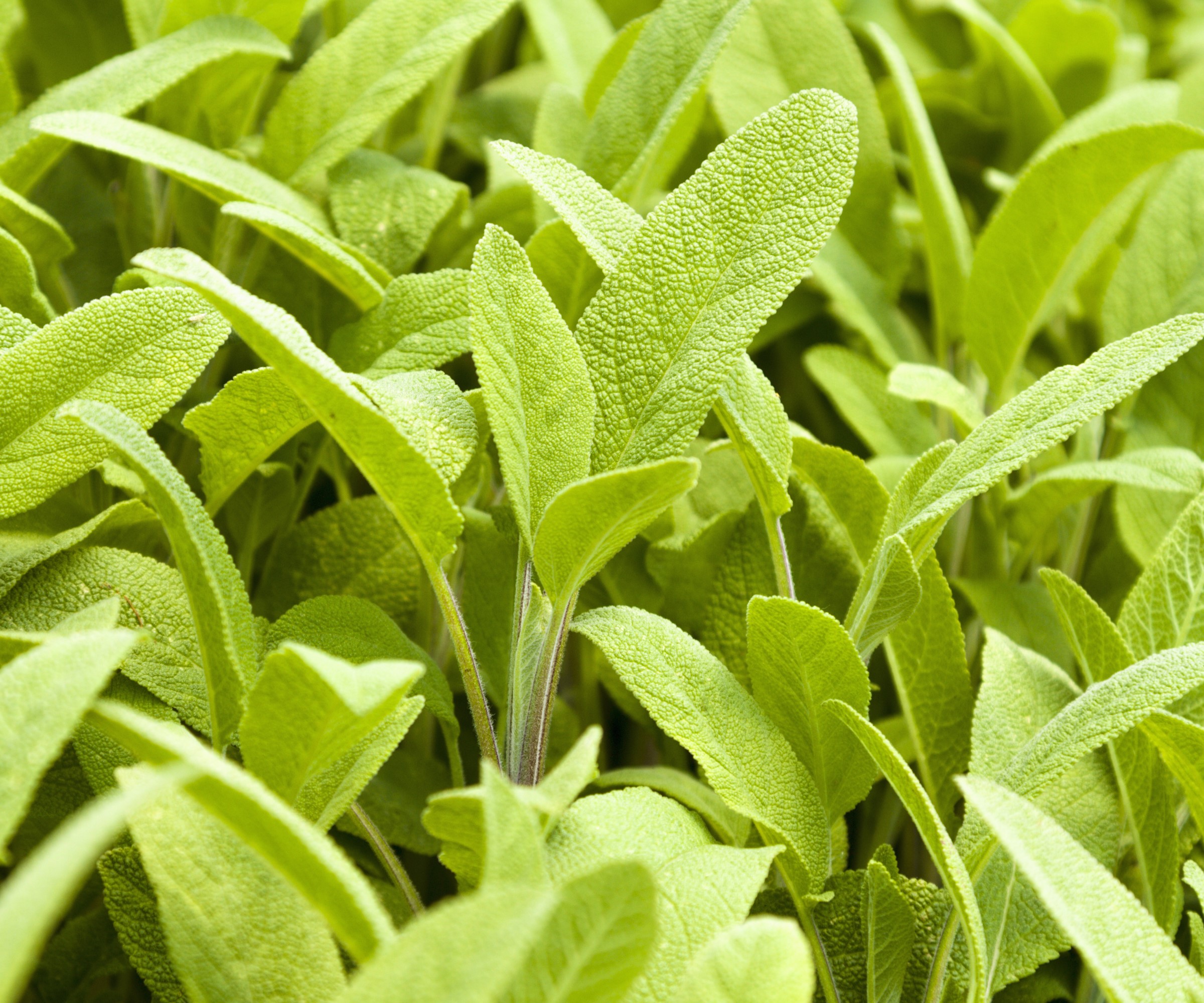Best mouse repellent plants – 7 plants to naturally deter these rodents from your yard
Although cute, mice can cause havoc among your planting. Discover natural deterrents to keep your plants free of damage


It can be a joy to see different wildlife enjoying your yard, from pollinators to nocturnal garden wildlife. However, sometimes you will want to control which areas wildlife make use of so that they do not damage or disturb certain plants.
Mice are one of those garden critters that are cute to see but can cause damage by feeding on foliage, fruit, bulbs and more. But like snake repellent plants and fly repellent plants, you can make careful choices in your planting to naturally deter mice from particular areas in your yard. 'Mice try to avoid the environments where repellent plants are present because the scent of these plants prevents them from searching for food efficiently and detecting predators,' says Nicole Carpenter pest control expert and President of Black Pest Prevention.
Experts have shared the best mouse repellent plants to steer them away from your yard and ensure your plants don't become damaged by these curious rodents.

7 mouse repellent plants
There's no doubt that mice can be sweet to see but you might consider mouse repellent plants if you find they are damaging your plants. Experts share the best mouse repellent plants to naturally deter them from your yard.
1. Mint

One of the most effective mouse repellent plants is mint. There are plenty of mint varieties to choose from, some with stronger aromas than others.
'Mint, specifically peppermint, contains menthol, which mice find very unpleasant,' says Nicole. 'Plant peppermint around the perimeter of your property for higher effectiveness. By planting mint strategically, you create an anti-mice fence that protects your home and outdoor area from mice infestation,' she adds.
You can grow mint in many different ways, such as growing mint indoors and transplanting it or growing it straight outdoors as part of a kitchen garden. Make sure to prune mint plants to both harvest it and encourage further growth.
Design expertise in your inbox – from inspiring decorating ideas and beautiful celebrity homes to practical gardening advice and shopping round-ups.
Find mint plants online, like these sweet mint plants from Walmart.

Nicole Carpenter started working at Black Pest Prevention when she was in high school. She continued working there while attending N.C. State University and is now the President. She advises on pest control in backyards and helps with pest control in Charlotte and serves both North and South Carolina.
2. Rosemary

Along the same lines, rosemary is another aromatic herb to grow in your yard to deter mice. Growing rosemary is easy and rosemary deters mosquitoes as well as mice.
'Rosemary emits compounds that disrupt the olfactory system of mice, making it difficult for them to search for food and detect predators. This sensory confusion can deter them from entering an area,' says Nicole.
You can use rosemary in your yard in a range of ways, all of which are effective in naturally repelling mice.
'You can plant rosemary around your garden, use rosemary infused sprays or sprinkle dried rosemary,' says Rocky Beninato, pest control expert and founder at Quality Affordable Pest Control. 'Sometimes dried rosemary may be more potent, but would likely lose it's intense aroma once it rains,' he adds.
Make sure to prune rosemary during spring and summer to boost and encourage bushier growth.
This plant grows best in US hardiness zone 8 and zone 9 and can be bought from many nurseries, supermarkets and retailers, like these rosemary plants from Walmart.

Rocky is the founder and certified exterminator at Quality Affordable Pest Control based in Toronto and the surrounding areas.
3. Lavender

If you're looking for flowering plants that repel mice, consider growing lavender for a fragrant garden.
'Lavender follows the same logic as rosemary and mint, as it also has a strong smell,' says Rocky. 'Some people find lavender to be a more desirable scent than mint or rosemary, so it is often used indoors as well as an extra measure of protection against mice infestations,' he adds.
You can harvest lavender to dry it and keep it in your home, or grow lavender in pots to move it around. Planting it around the borders of your yard or in designated areas will help keep mice out of your planting.
Lavender is perennial and will grow back each year, just make sure to prune lavender after flowering to encourage returning blooms. It tends to thrive best in US hardiness zone 5 to zone 10.
Find the right lavender plant for your yard online, like this Grosso Lavender from Nature Hills.
4. Marigolds

It's no secret that gardeners grow marigolds to deter pests, and often you will find marigolds in vegetable gardens to protect crops.
'Marigolds contain pyrethrum, a compound used in many insect repellents,' says Nicole. 'Plant marigolds around your garden and home perimeter to deter mice and other rodents and insects,' she suggests.
These flowers are versatile and many will grow marigolds in pots for flexible moving and placing in different positions as needed. They thrive in a sunny spot and will grow well in US hardiness zone 2 to zone 11.
You can find marigold seeds to plant online, like these marigold seeds from Amazon.
5. Daffodils

For perennial flowering bulbs that will come back each year to deter mice, opt for planting daffodil bulbs.
'Daffodils, with their bright blooms, are not only visually appealing but also act as a deterrent against mice,' says pest control expert and entomologist David Price. 'The bulbs of daffodils contain alkaloids that are toxic to mice, thus providing a natural form of pest control when planted in gardens,' he adds.
You can brighten up a mouse repellent border by adding daffodils. Make sure to deadhead daffodils when their blooms start to fade and you'll be rewarded with returning blooms next spring.
'Daffodils can be harmful to pets, so avoid planting them in areas where pets can easily access them,' notes Nicole.
Daffodils grow best in US hardiness zone 3 to zone 8 and can be bought from many suppliers, like this double daffodil blend from Nature Hills.

David Price is the Entomologist and Technical Director at Mosquito Joe. David is responsible for developing technical expertise, researching and introducing new product lines and services, training current and new service personnel, and ensuring quality service in field operation practices throughout the Mosquito Joe system.
6. Catnip

You can keep mice away from your yard by planting something that will make your pet cat happy - catnip, or Nepeta cataria. This purple plant will naturally deter mice from your yard, while providing pops of color to your planting.
'Catnip, while attracting cats, effectively repels rodents due to nepetalactone, the essential oil it produces,' says David.
It's also possible to use a catnip oil to spray around plants you would like to deter mice from.
'By using catnip, you kill two birds with one stone: in addition to repelling mice with a pungent smell of nepetalactone, you attract predators such as cats, which keep mice away and reduce their population,' says Nicole.
Catnip will thrive in US hardiness zone 3 to zone 9 and can be bought from a range of suppliers, like these catnip plants from Walmart.
7. Sage

If you're looking to expand your herb garden with even more fragrant plants that will keep mice away, consider growing sage.
'Sage contains volatile oils such as camphor and thujone, which are natural repellents,' says Nicole. 'Plant sage in garden beds or along borders where mice and other pests are likely to enter,' she adds.
Sage is versatile and can be grown in raised beds, as well we being a herb you can grow indoors and then transplant outside.
It does best in US hardiness zone 4 to zone 10 in a full sun position. Make sure to provide plenty of drainage for growth to be successful.
Shop for sage plants online, like this sage plant from Nature Hills.
FAQs
How do I mouse-proof my yard?
As well as planting mouse repellent plants in your yard to naturally deter these rodents, you can do a few things to mouse-proof your yard. Try keeping your backyard tidy to reduce the number of places for mice to nest. This includes cutting back overgrown plants. You should also try to keep waste bins secure so that mice don't make their way in to settle.
Mice can be a nuisance in your backyard if they feed on your fruit and foliage. It's best to incorporate mouse repellent plants in your garden if you want to naturally deter them.
If you want to find out about alternative ways to support wildlife in your yard, you might enjoy our feature on inspiring wildlife garden ideas.

Tenielle is a Gardens Content Editor at Homes & Gardens. She holds a qualification in MA Magazine Journalism and has over six years of journalistic experience. Before coming to Homes & Gardens, Tenielle was in the editorial department at the Royal Horticultural Society and worked on The Garden magazine. As our in-house houseplant expert, Tenielle writes on a range of solutions to houseplant problems, as well as other 'how to' guides, inspiring garden projects, and the latest gardening news. When she isn't writing, Tenielle can be found propagating her ever-growing collection of indoor plants, helping others overcome common houseplant pests and diseases, volunteering at a local gardening club, and attending gardening workshops, like a composting masterclass.